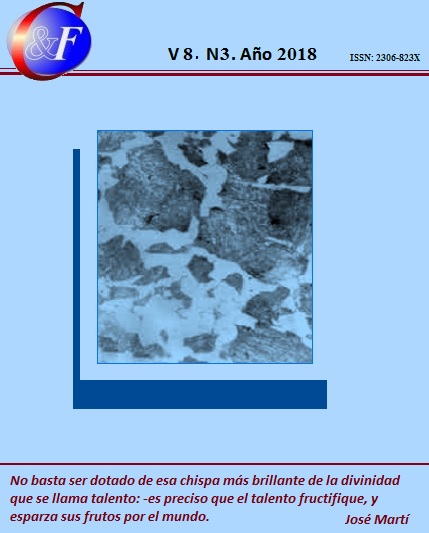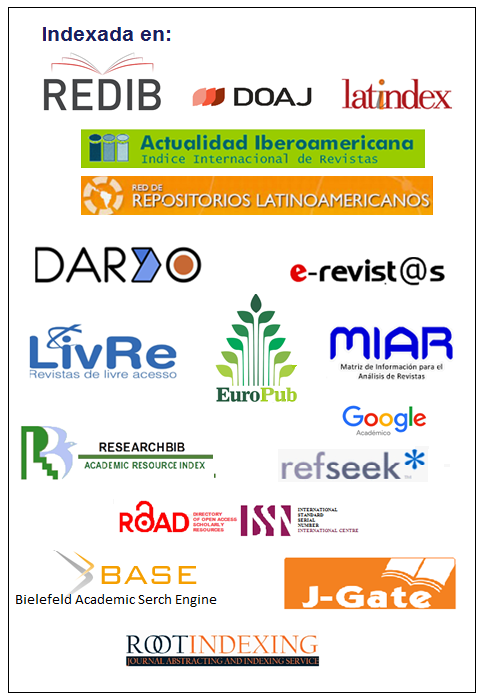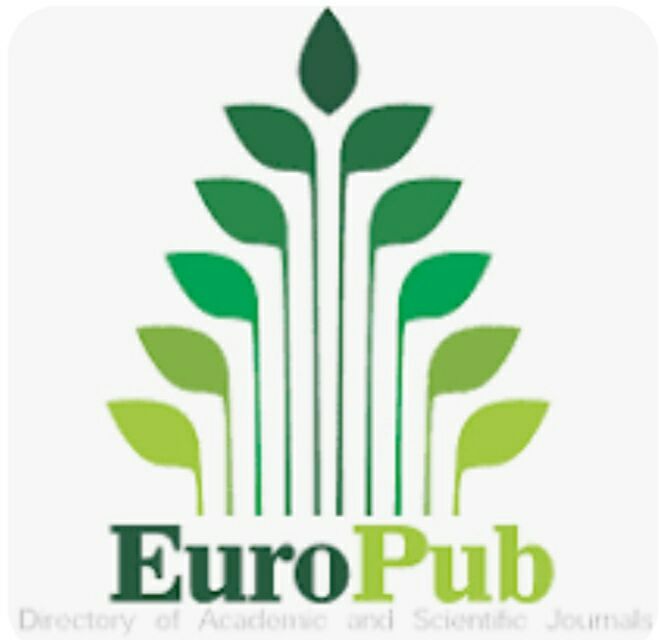Effect of the waste for corrosion in a superalloy exposed to high concentration of elements in the fluid
Keywords:
corrosion, microstructure, hastelloy C-276, waste.Abstract
The behavior microestructural of the super alloys hastelloy C-276 is analyzed, the one which for its resistance characteristic to the corrosion, it is used in a fluid that presents different concentration elements, besides the speed of the same one for its transport. He was carried out the sample analysis without being exposed to work conditions and after retreat of service. It was determined that the most remarkable effects that affect their operation are the phenomenon of the corrosion for stings and the inter granular, associated to the impoverishment of the chromium layer in the affected areas. When establishing the profiles of hardness, this property falls in the measure that meets the super alloys in contact with the fluid.Downloads
References
AGARWAL, D. 2000. Nickel and nickel alloys. In: Uhlig´s corrosión Handbook. R. Winston Revie (ed.). John Wiley & Sons, Inc., New York, p. 831-851.
ALCÁNTARA, D.; FERNÁNDEZ, T. & RODRÍGUEZ, I. 2016. Influencia de la pulpa lixiviada sobre el desgaste de una aleación del tipo Hastelloy C 276. Minería y Geología 32(1): 93-105.
COSTES, P.; GUILLET, Y. POULACHON, G. & DESSOLY, M. 2007. Mecanismos de desgaste y vida útil de las herramientas de CBN en el mecanizado de Inconel 718. International Journal of Machine Tools & Manufacture 47: 1081-1087.
ESMAILIAN, M. 2010. The effect of cooling rate and austenite grain size on the austenite to ferrite transformation temperature and different ferrite morphologies in microalloyed steels. Iranian Journal of Materials Science & Engineering 7(1): 7-14.
HERNÁNDEZ, A. & CASTELLANOS, L. 2009. Diseño de una aleación termoresistente. Suplemento de la Revista Latinoamericana de Metalurgia y Materiales S1(2): 685-693.
KOTECKI, D. & OGBORN, J. 1995. Abrasion resistance of iron based hard facing alloys. Welding Journal 74(8): 269-278.
OTERO, E.; UTRILLA, M.; UREÑA, A. & MÚNEZ, C. 2004. Influencia de la composición química en la resistencia a la corrosión por picadura de los aceros inoxidables. Boletín Sociedad Española Cerámica 43(2): 190-192.
REBAK, R.; DILLMAN, J.; CROOK, P. & SHAWBER, C. 2001. Corrosion behaviour of nickel alloys in wet hydrofluoric acid. Materials and corrosion 52(4): 289-297.
Published
How to Cite
Issue
Section
Esta obra está bajo una Licencia Creative Commons Reconocimiento-NoComercial 4.0 Internacional
La Revista Ciencia & Futuro es una revista de acceso abierto, todo el contenido está disponible gratuitamente sin cargo para el usuario o su institución. Los usuarios pueden leer, descargar, copiar, distribuir, imprimir, buscar o vincular los textos completos de los artículos, o utilizarlos para cualquier otro fin lícito, sin pedir permiso previo al editor o al autor. Todo lo anterior, de acuerdo con la definición de BOAI de acceso abierto.
Los autores que publican en esta revista están de acuerdo con los siguientes términos: Licencia Creative Commons Atribución-NoComercial permite que el beneficiario de la licencia tenga el derecho de copiar, distribuir, exhibir y representar la obra y hacer obras derivadas para fines no comerciales siempre y cuando reconozca y cite la obra de la forma especificada por el autor o el licenciante. Los autores pueden establecer por separado acuerdos adicionales para la distribución no exclusiva de la versión de la obra publicada en la revista (por ejemplo, situarlo en un repositorio institucional o publicarlo en un libro), con un reconocimiento de su publicación inicial en esta revista. Se permite y se anima a los autores a difundir sus trabajos electrónicamente (por ejemplo, en repositorios institucionales o en su propio sitio web) antes y durante el proceso de envío, ya que puede dar lugar a intercambios productivos, así como a una citación más temprana y mayor de los trabajos publicados (Véase The Effect of Open Access) (en inglés). Lo anterior debe realizarse siempre sobre el artículo ya publicado por Ciencia & Futuro.
Los autores mantienen el control sobre la integridad de sus trabajos y el derecho a ser adecuadamente reconocidos y citados.
A los editores se les otorgan derechos no exclusivos para publicar y distribuir.




